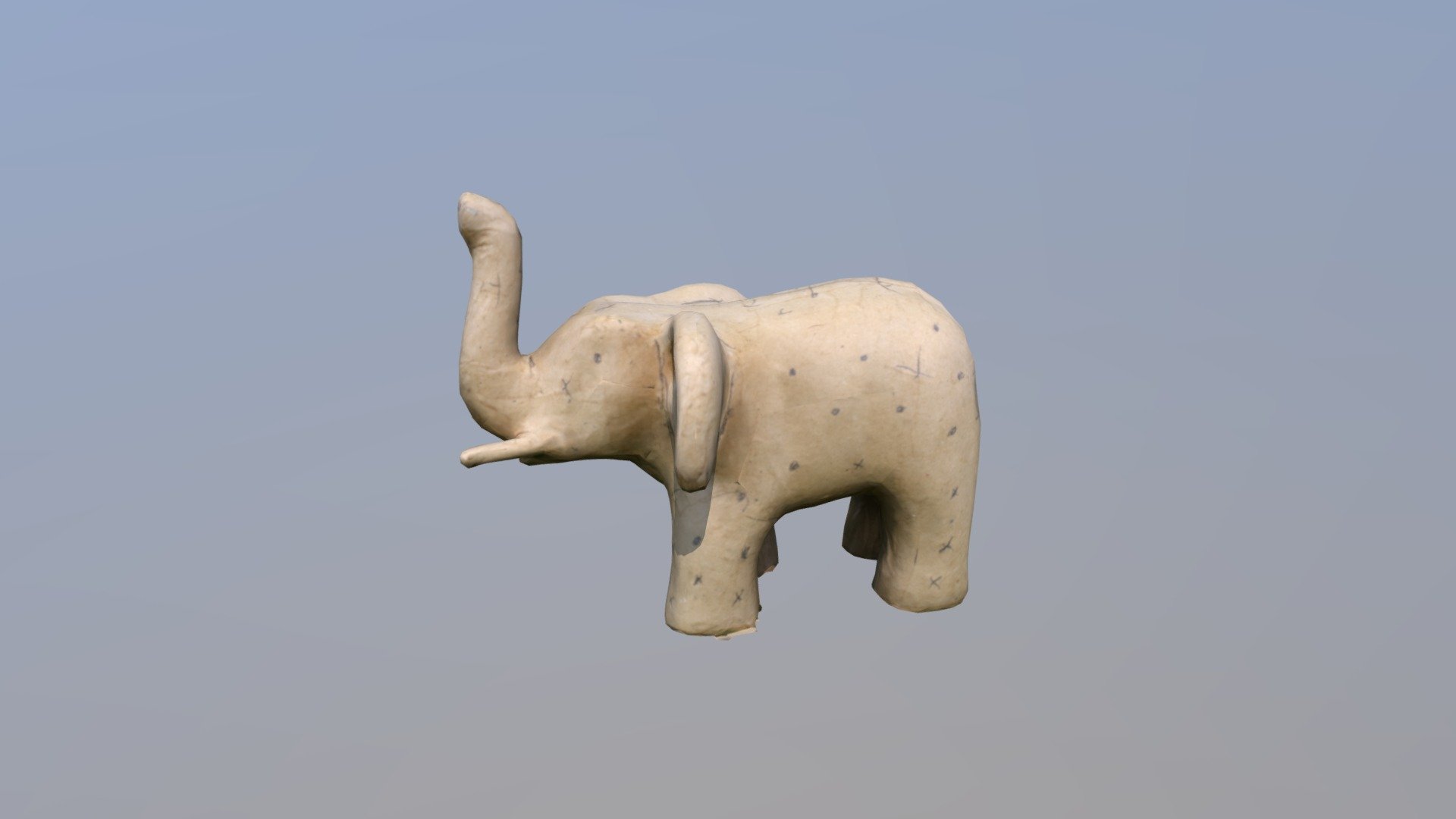
Paper elephant
sketchfab
Creating a Photogrammetry Model from Scratch I recently completed my very first 3D model using photogrammetry. This process involves taking multiple photographs of an object or scene and then processing them into a 3D model. The outcome was quite impressive, considering it's something I had never done before. To begin with, I selected the object I wanted to capture in 3D - a small toy robot that sits on my desk. Next, I took about 20-25 photos of the robot from different angles using a smartphone camera. The goal is to have overlapping images to help the photogrammetry software reconstruct the 3D model. After collecting all the necessary images, I moved on to the processing stage. I used an online tool called Agisoft Metashape (now known as Agisoft Metashape Pro) for this purpose. This software helps align and stitch the photographs together into a single image, which is then converted into a 3D point cloud. One of the challenges I faced during this process was ensuring proper lighting conditions for all the photos. Inconsistent lighting can lead to uneven textures or even cause some parts of the model to disappear altogether. To avoid this issue, I made sure to take pictures in well-lit environments and used reflectors when necessary. Once the point cloud was created, I could start refining the model by removing any noise or unwanted points. This process involves manually selecting areas where the software has incorrectly identified 3D points as part of the object's surface. After several hours of processing, my photogrammetry model of the toy robot was finally complete. The level of detail achieved through this method is quite remarkable, especially considering it's a low-cost and accessible technique. However, there are limitations to keep in mind - such as texture resolution and overall accuracy - which can affect the quality of the final product. Despite these constraints, I'm excited about the potential applications of photogrammetry in various fields like architecture, engineering, and even art. The ability to capture and recreate 3D models from photographs opens up new avenues for creative expression and problem-solving. Overall, working with photogrammetry has been an enlightening experience that has taught me a lot about image processing, geometry, and the importance of attention to detail. I look forward to experimenting further with this technique and pushing its boundaries in future projects.
With this file you will be able to print Paper elephant with your 3D printer. Click on the button and save the file on your computer to work, edit or customize your design. You can also find more 3D designs for printers on Paper elephant.
